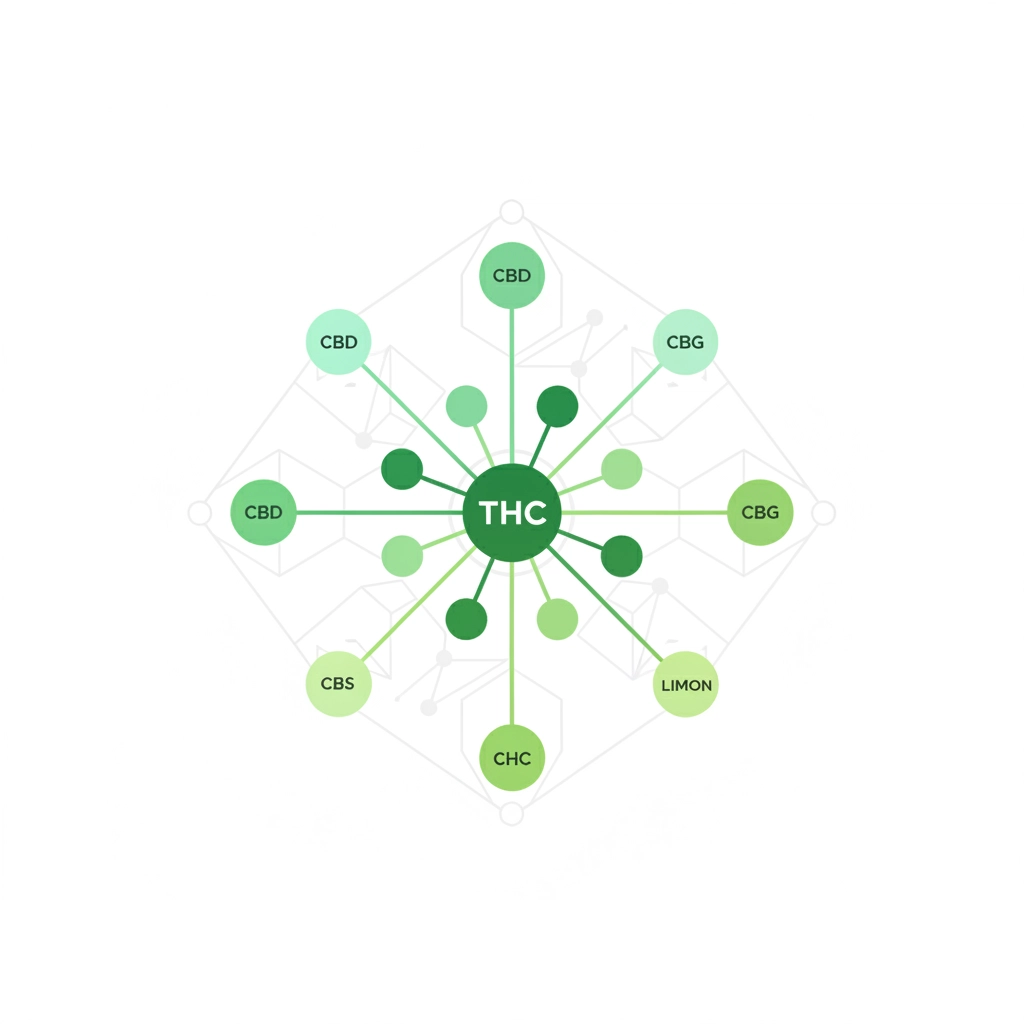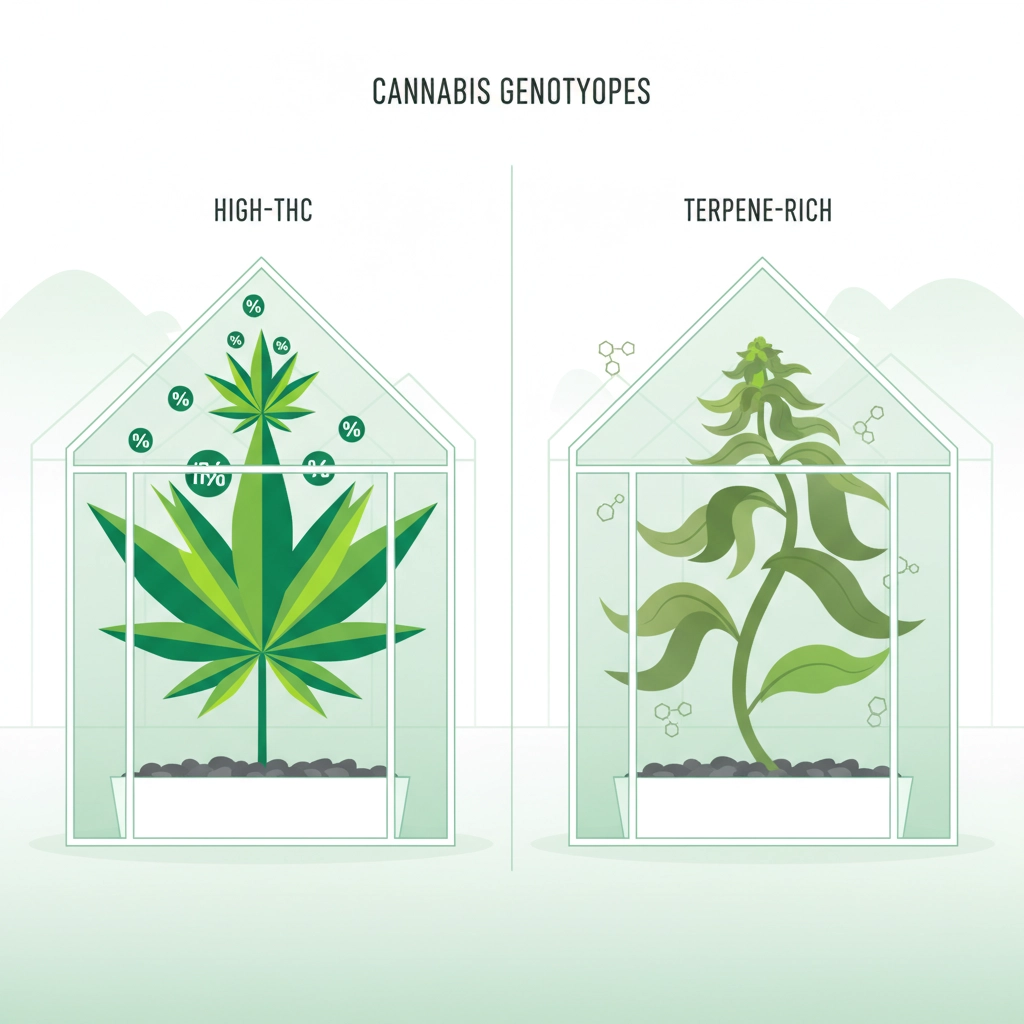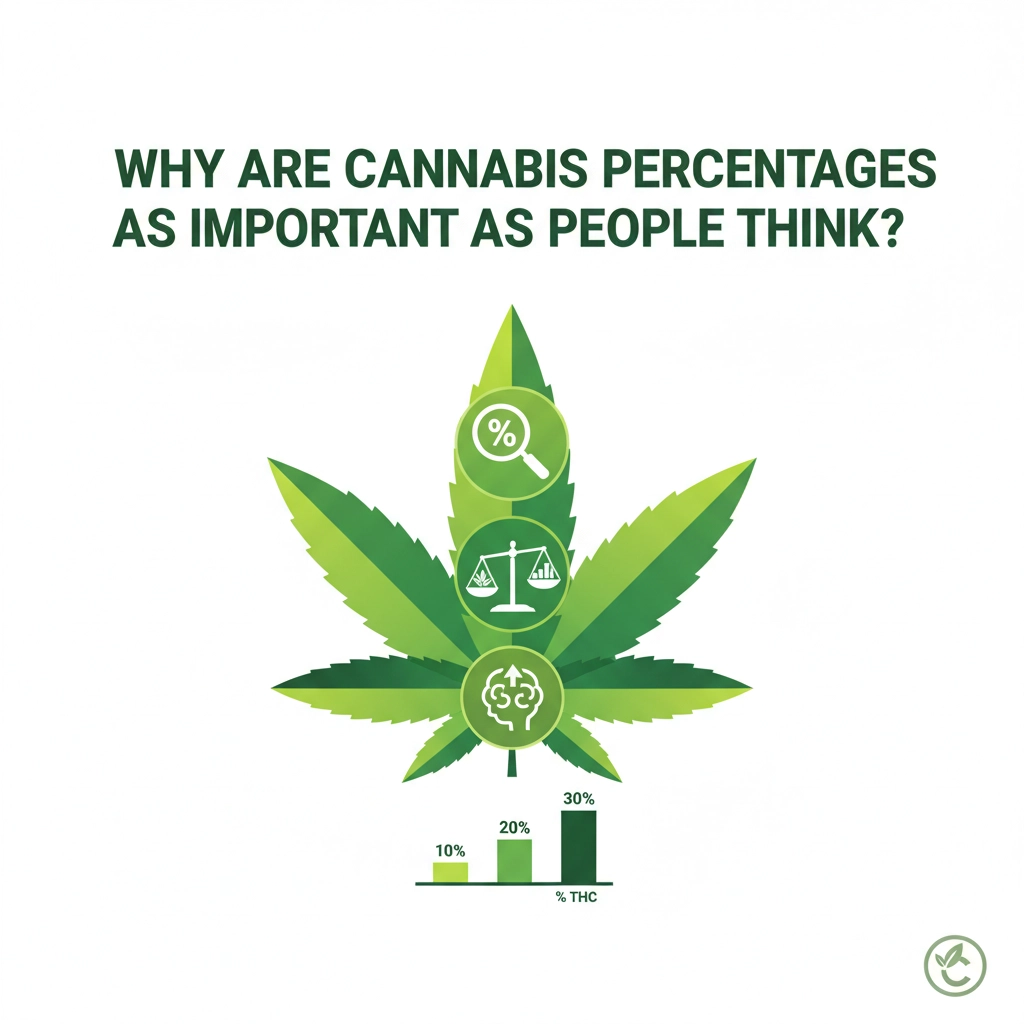Cannabis consumers frequently prioritize THC percentages when selecting products, treating these numerical values as the primary indicator of quality and potency. This widespread focus on THC content has shaped purchasing decisions across dispensaries nationwide, with higher percentages commanding premium prices and consumer preference. The question remains whether this emphasis on THC percentages reflects genuine importance or represents a fundamental misunderstanding of cannabis effects and quality.
The Consumer Perception of THC Percentages
THC percentages have become the cannabis equivalent of alcohol content measurements, providing consumers with what appears to be an objective metric for product selection. Regular cannabis users often assume that higher THC percentages guarantee stronger effects, better value, and superior product quality. This perception drives market demand and influences cultivation practices, with growers increasingly focused on maximizing THC content to meet consumer expectations.
The numerical simplicity of THC percentages appeals to consumers navigating complex product selections in dispensaries. When faced with dozens of strain options, THC percentage offers an seemingly straightforward comparison tool that reduces decision complexity. This reliance on percentages as a quality indicator has created market dynamics where products testing above twenty-five percent THC command significantly higher prices than those with lower percentages.

The Scientific Reality Behind THC Percentages
Research conducted by the University of Colorado and published in JAMA Psychiatry challenges the fundamental assumption that THC percentages predict psychoactive effects. The study examined participants consuming cannabis flower with THC percentages ranging from sixteen to twenty-four percent alongside concentrate users consuming products with seventy to ninety percent THC. Despite dramatic differences in THC content and resulting blood THC levels, participants showed no significant variations in cognitive impairment measures including balance and memory tests.
These findings indicate that THC percentage fails as a reliable predictor of intoxication for smoked cannabis products. The relationship between THC content and psychoactive effects proves far more complex than the linear correlation consumers expect. Individual variations in endocannabinoid system function, tolerance levels, and consumption methods create substantial differences in how THC affects different users regardless of percentage content.
The Entourage Effect and Compound Interactions
Cannabis contains over one hundred different cannabinoids alongside more than two hundred terpenes, flavonoids, and other bioactive compounds. These substances interact synergistically through what researchers term the entourage effect, producing combined effects that differ substantially from isolated THC consumption. Terpenes particularly influence the overall cannabis experience, with compounds like myrcene promoting sedative effects while limonene may enhance mood and energy levels.
A strain containing twenty percent THC with high myrcene content produces markedly different effects than another twenty percent THC strain dominated by pinene or limonene terpenes. These aromatic compounds modulate THC absorption, alter receptor binding, and influence the duration and character of psychoactive effects. The complex interplay between these various compounds cannot be captured or predicted through THC percentage alone.

Quality Versus Quantity Misconceptions
Higher THC percentages do not correlate with superior cannabis quality, cultivation practices, or overall product excellence. The industry focus on maximizing THC content has occasionally compromised other quality factors including terpene preservation, proper curing techniques, and balanced cannabinoid profiles. Premium cannabis products often prioritize the preservation of diverse compound profiles over achieving maximum THC percentages.
Market dynamics have created pricing structures where THC percentage directly influences product cost, leading consumers to perceive higher percentages as better value propositions. This misconception overlooks the importance of cultivation quality, harvest timing, processing methods, and storage conditions that significantly impact the final product experience. Well-cultivated cannabis with eighteen percent THC frequently provides superior effects compared to poorly processed products testing at higher percentages.
Dosing Applications Where Percentages Matter
THC percentages serve legitimate purposes in specific cannabis applications, particularly for precise dosing requirements. Consumers creating homemade edibles, tinctures, or topical preparations benefit from accurate THC content information to calculate appropriate dosing levels. Medical cannabis patients requiring consistent dosing for symptom management rely on percentage information to maintain therapeutic effects while avoiding overconsumption.
Edible products demonstrate more predictable relationships between THC content and effects compared to smoked flower. The consistent absorption patterns and metabolism processes associated with edible consumption make THC percentages more reliable indicators of potential effects. This application represents one area where percentage information provides genuine utility for cannabis consumers.

Individual Variation and Tolerance Factors
Cannabis effects vary dramatically between individuals due to differences in endocannabinoid system function, body composition, and consumption experience. Regular cannabis users develop tolerance that diminishes the relationship between THC percentage and perceived effects. Two consumers with different tolerance levels may experience completely different effects from identical products with the same THC content.
Consumption method significantly influences how THC percentages translate into actual effects. Vaporization, combustion, and dabbing each alter cannabinoid and terpene delivery, affecting the overall experience regardless of starting THC content. These variables create additional layers of complexity that THC percentages cannot address or predict.
Market Implications and Consumer Education
The cannabis industry response to consumer THC percentage focus has created market distortions that prioritize testing numbers over product quality. Dispensaries report that products with higher THC percentages sell faster and command premium pricing, regardless of overall quality or effect profile. This market preference influences cultivation decisions and product development priorities across the industry.
Consumer education initiatives increasingly emphasize the limitations of THC percentage focus while promoting awareness of terpene profiles, cultivation quality, and individual response variations. Progressive dispensaries train staff to discuss strain effects, consumption methods, and individual preferences rather than relying solely on THC content for product recommendations.
Alternative Quality Indicators
Experienced cannabis consumers evaluate products using multiple quality indicators beyond THC percentage. Visual appearance, including trichome density and color, provides insights into harvest timing and curing quality. Aroma intensity and complexity indicate terpene preservation and overall product freshness. These sensory evaluations often prove more predictive of consumption experience than numerical THC content.
Laboratory testing for terpene profiles, pesticide residues, and microbial contamination offers more comprehensive product quality assessment than THC percentage alone. Consumers accessing complete laboratory results gain better understanding of product safety, quality, and potential effects compared to focusing exclusively on cannabinoid percentages.
The evidence suggests that THC percentages serve limited utility as quality indicators or effect predictors for most cannabis consumption scenarios. While these measurements provide specific value for dosing applications, the complex interactions between multiple cannabis compounds create experiences that transcend simple percentage calculations. Should consumers continue prioritizing THC percentages when selecting cannabis products?

